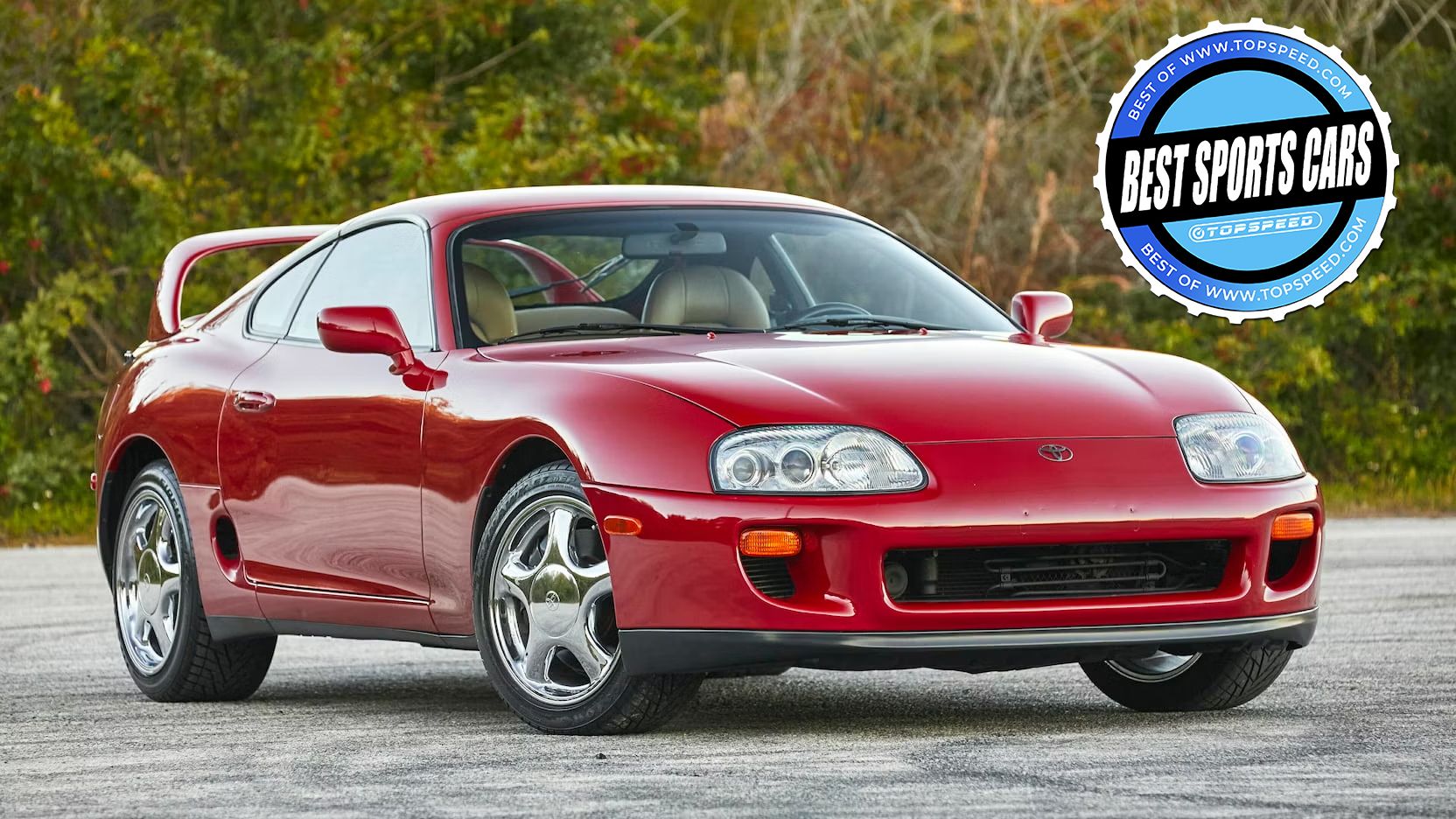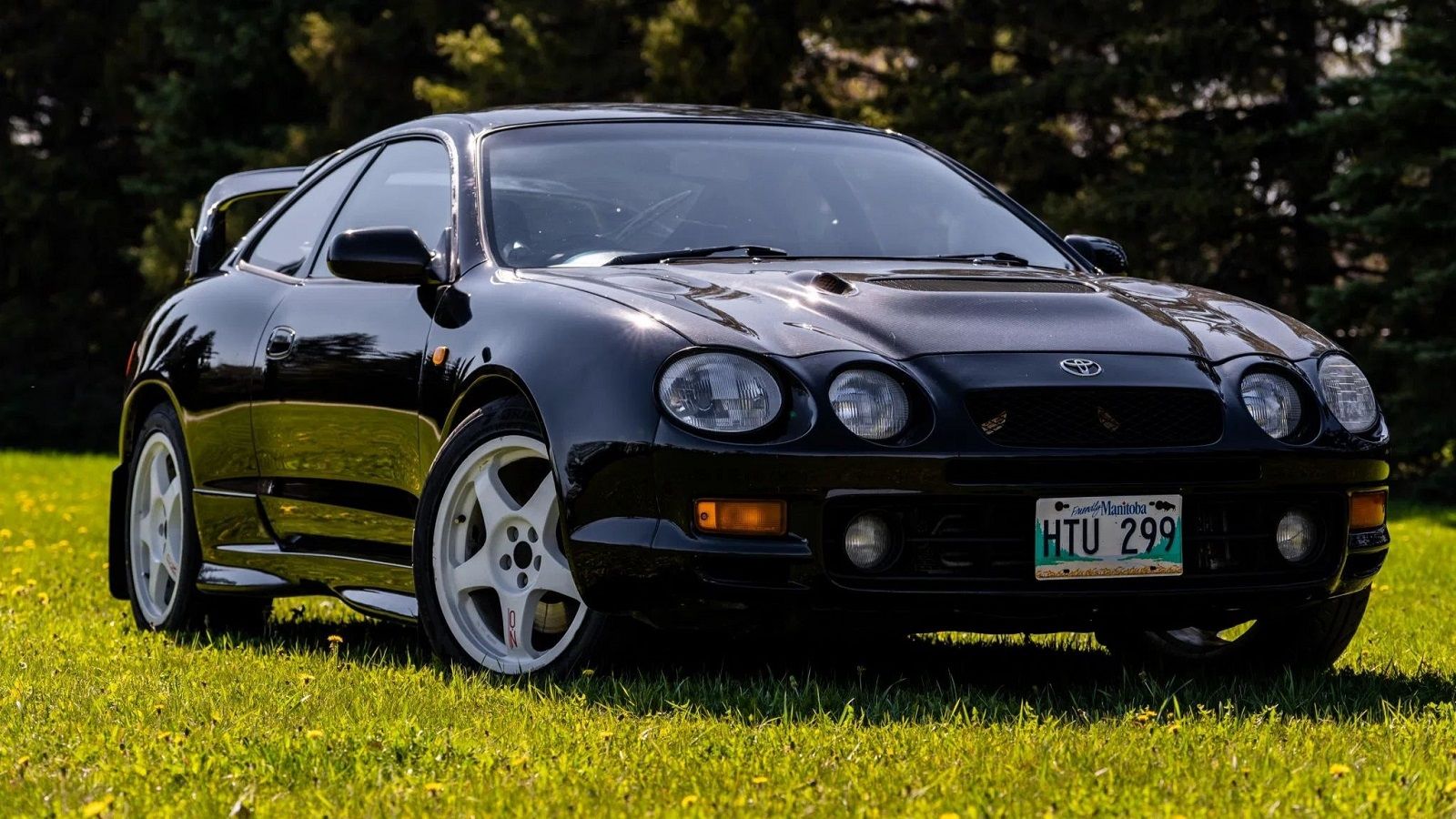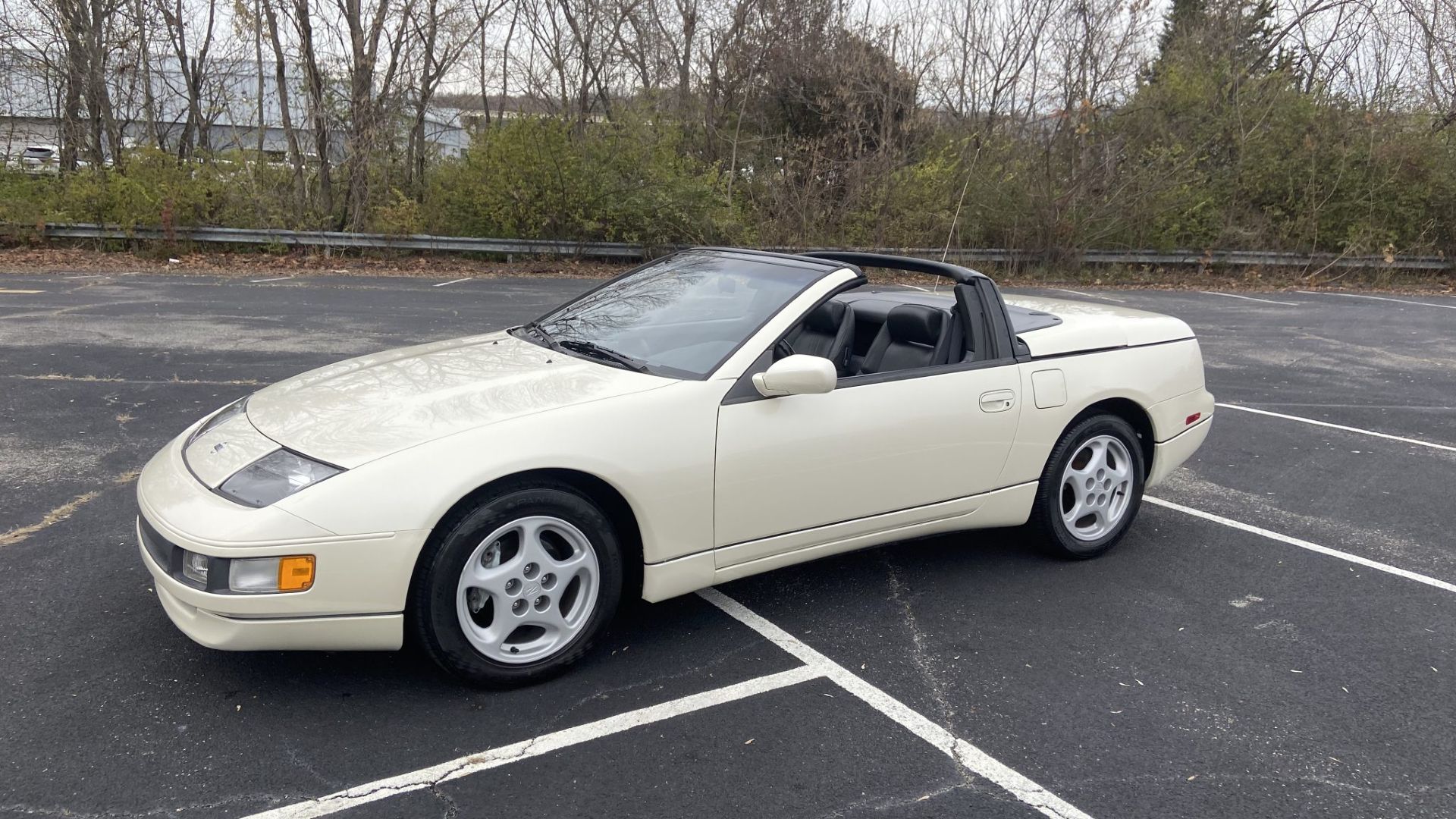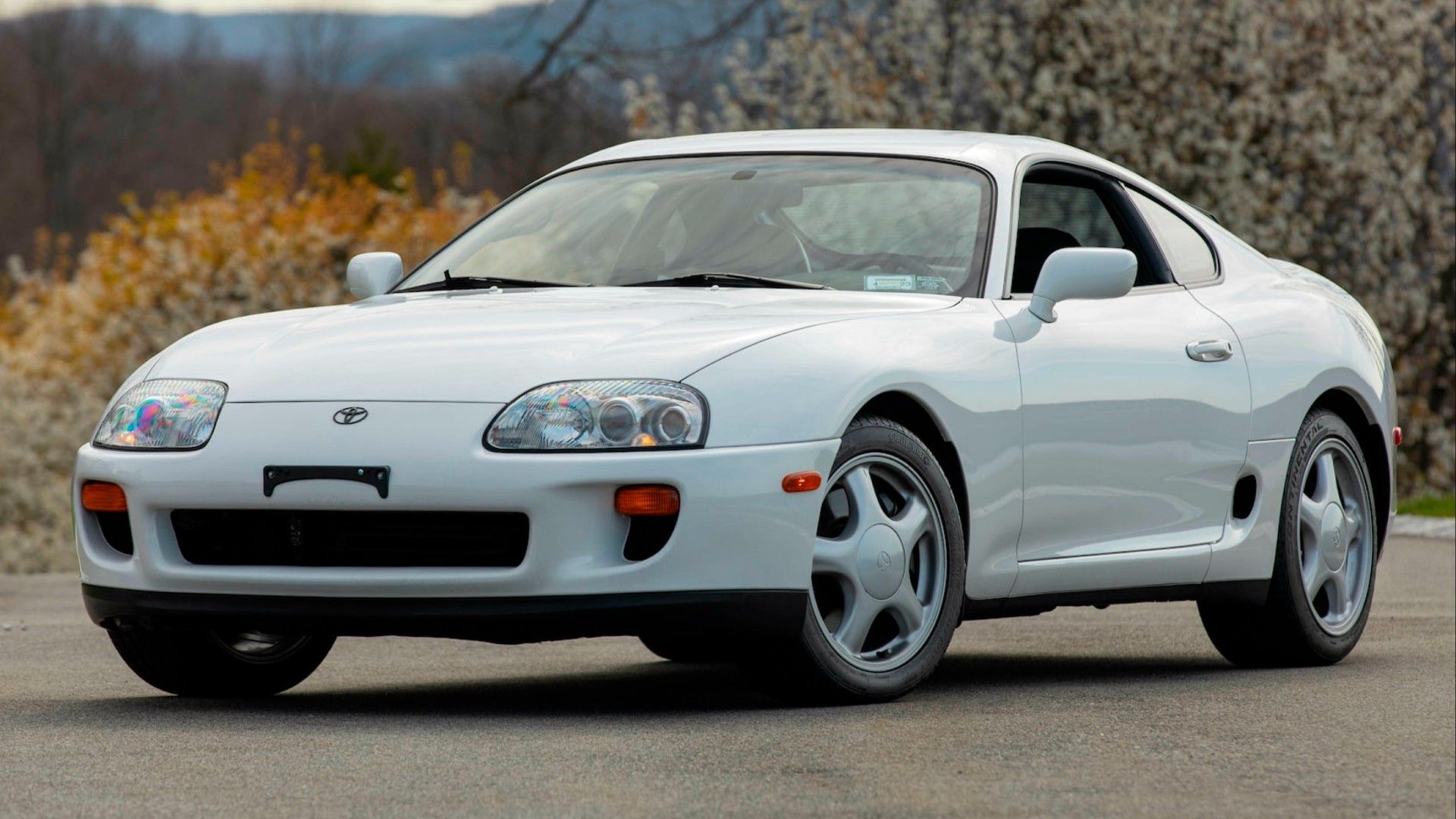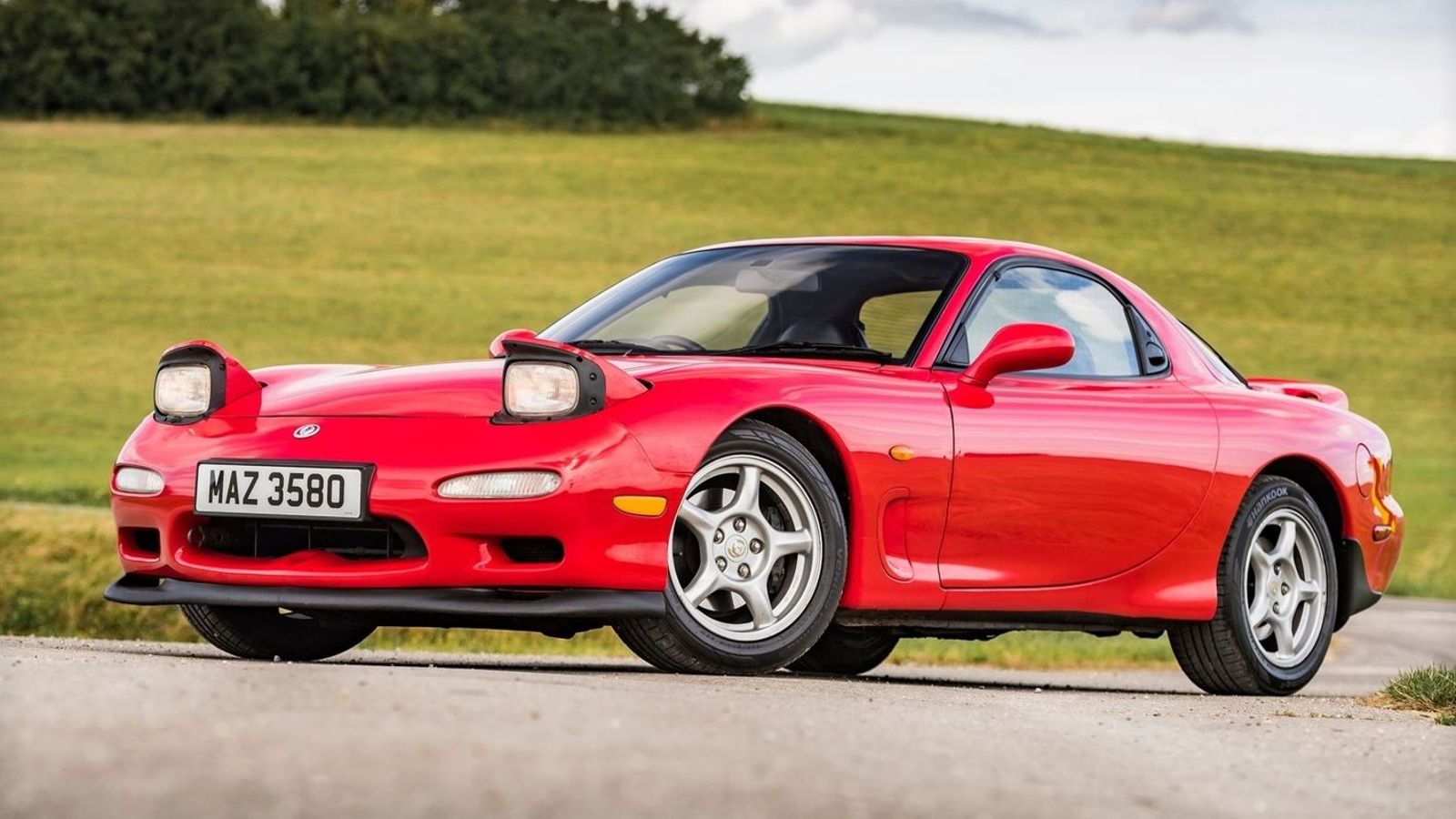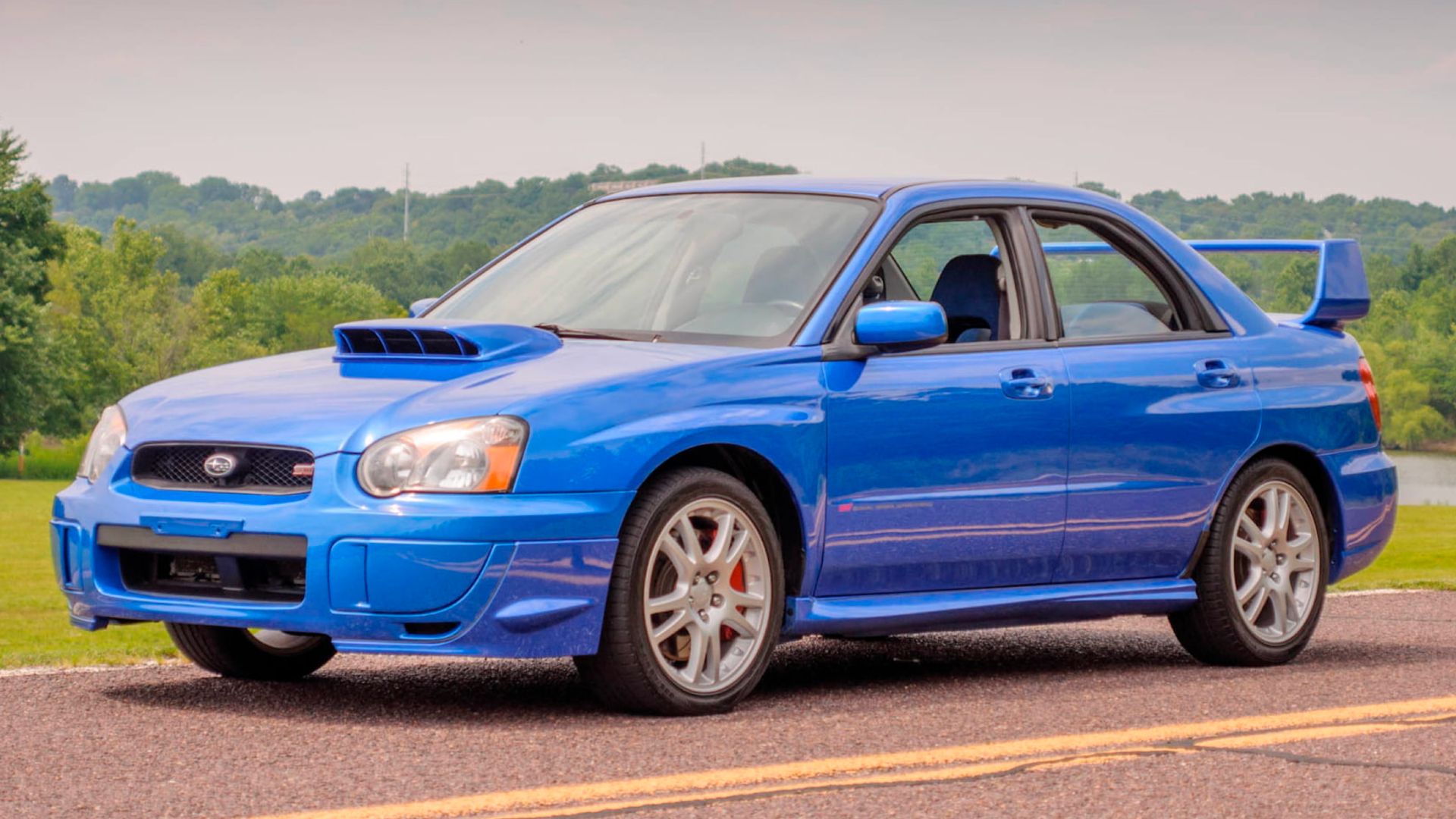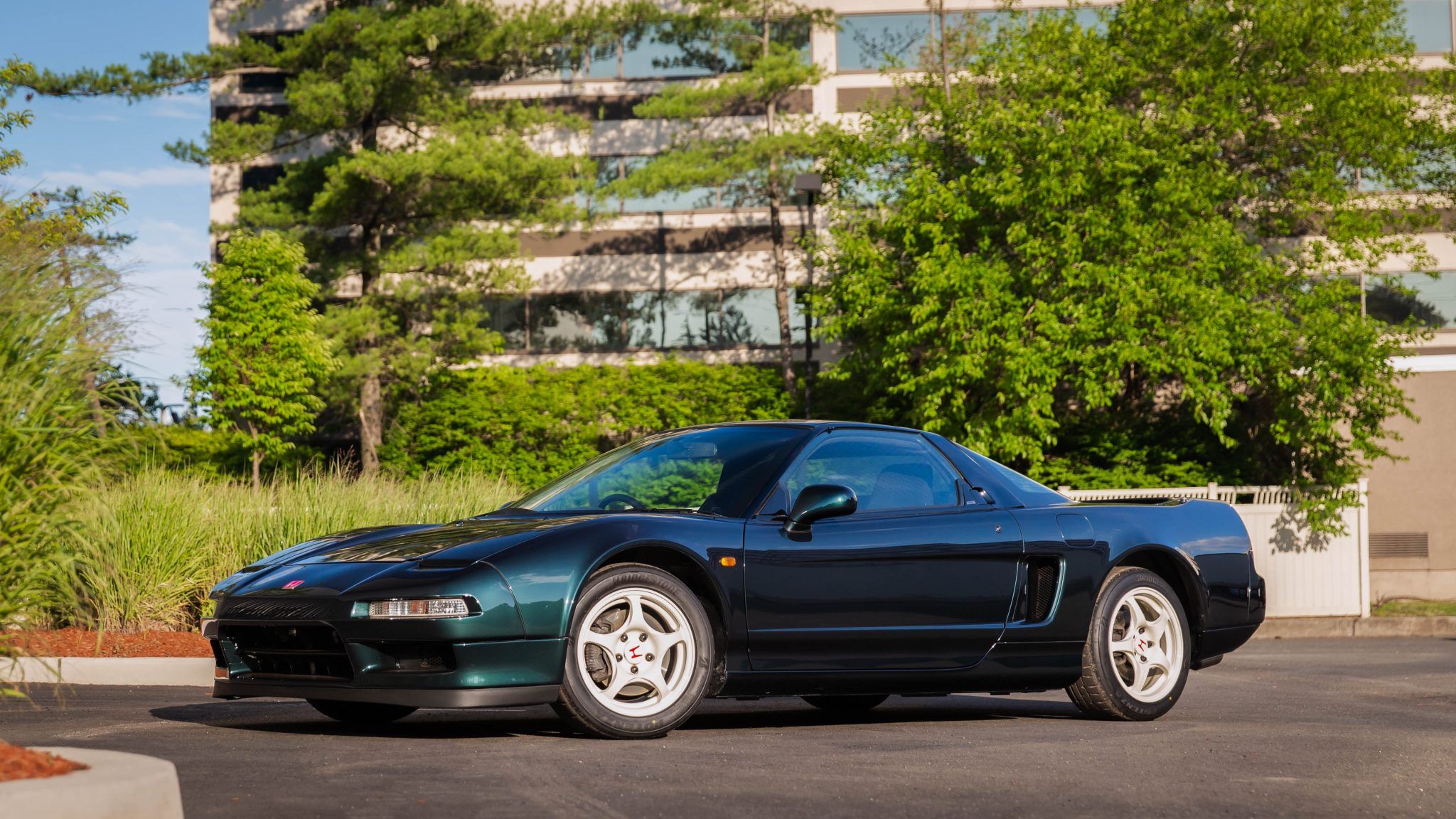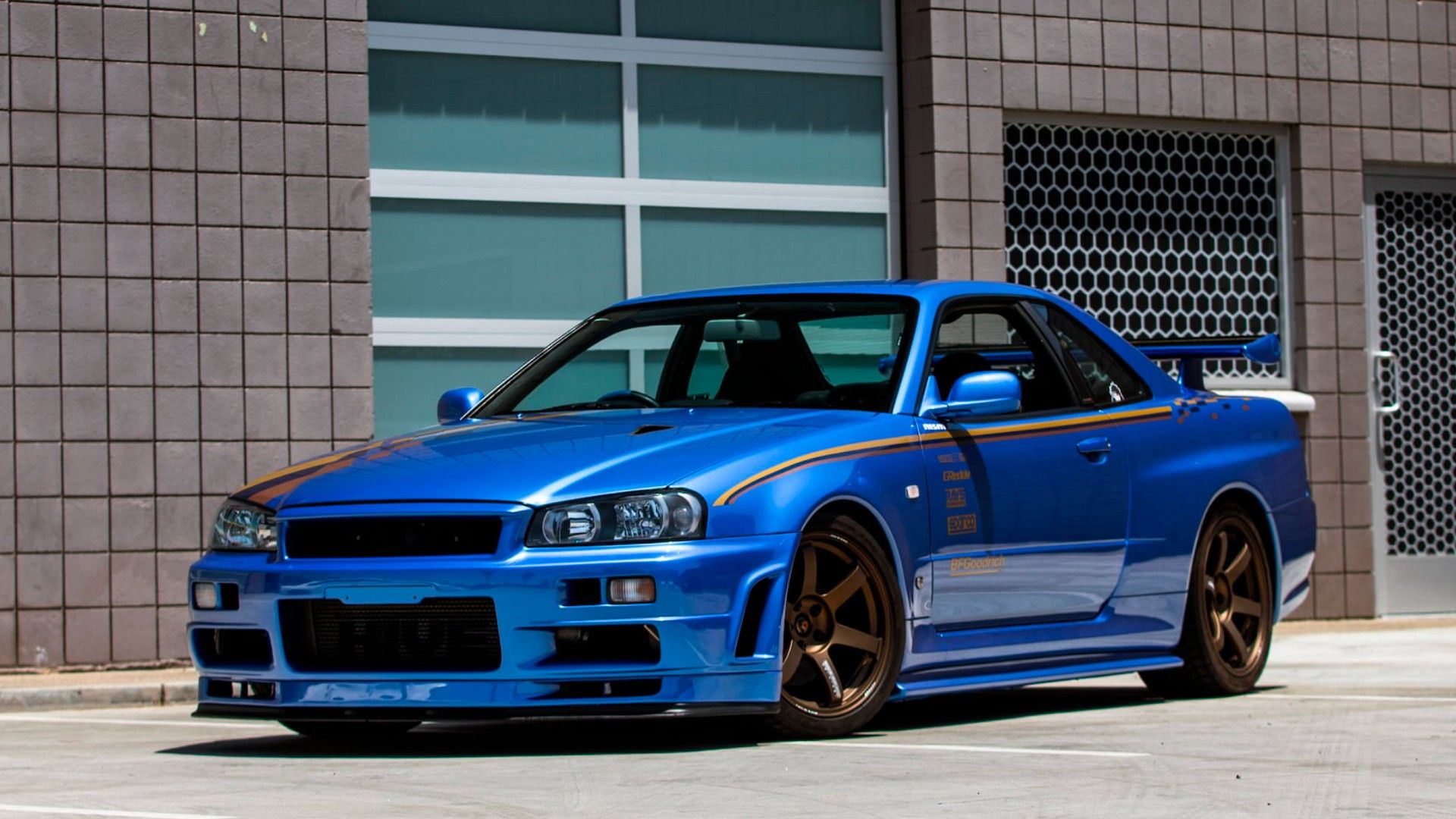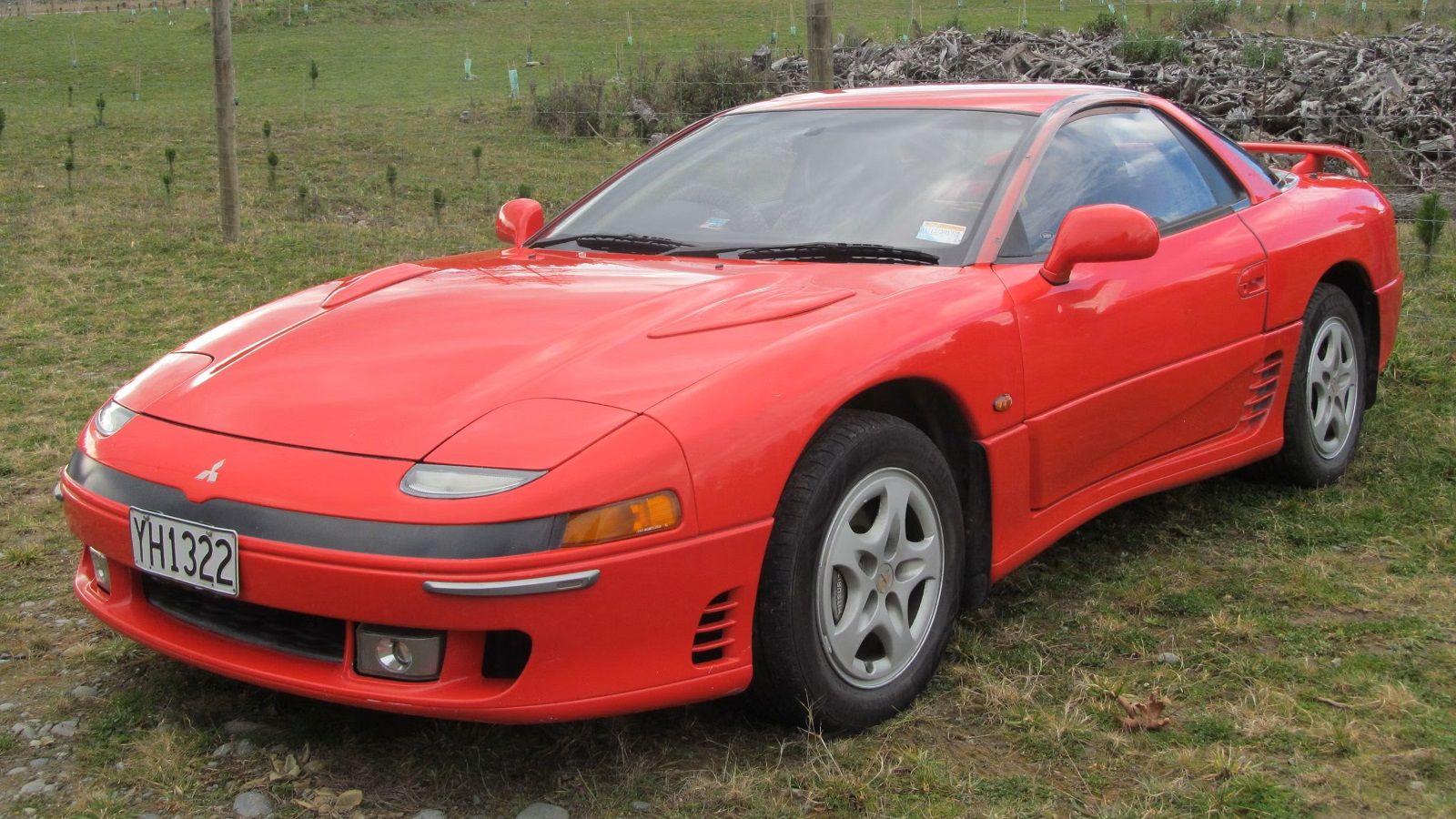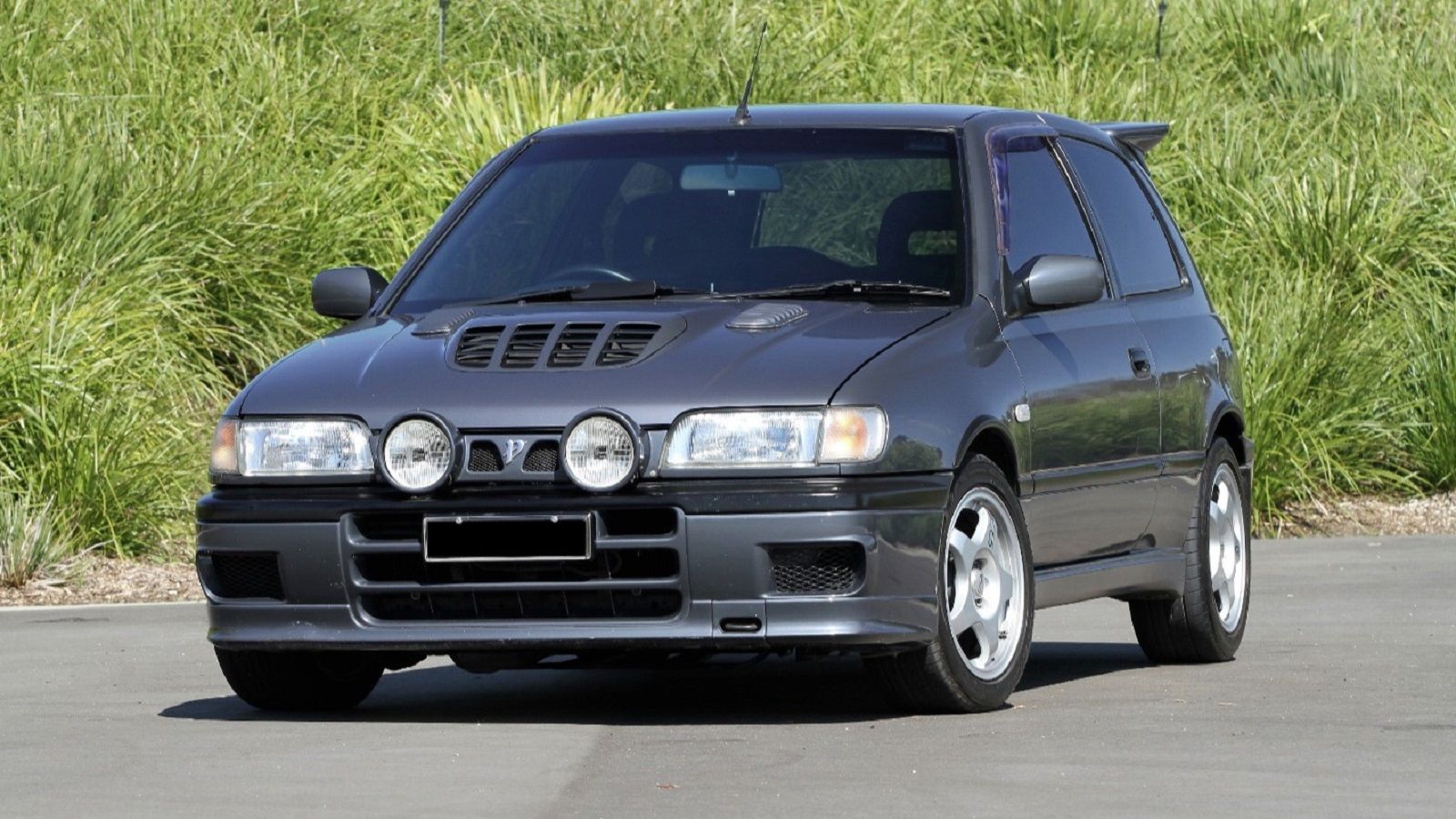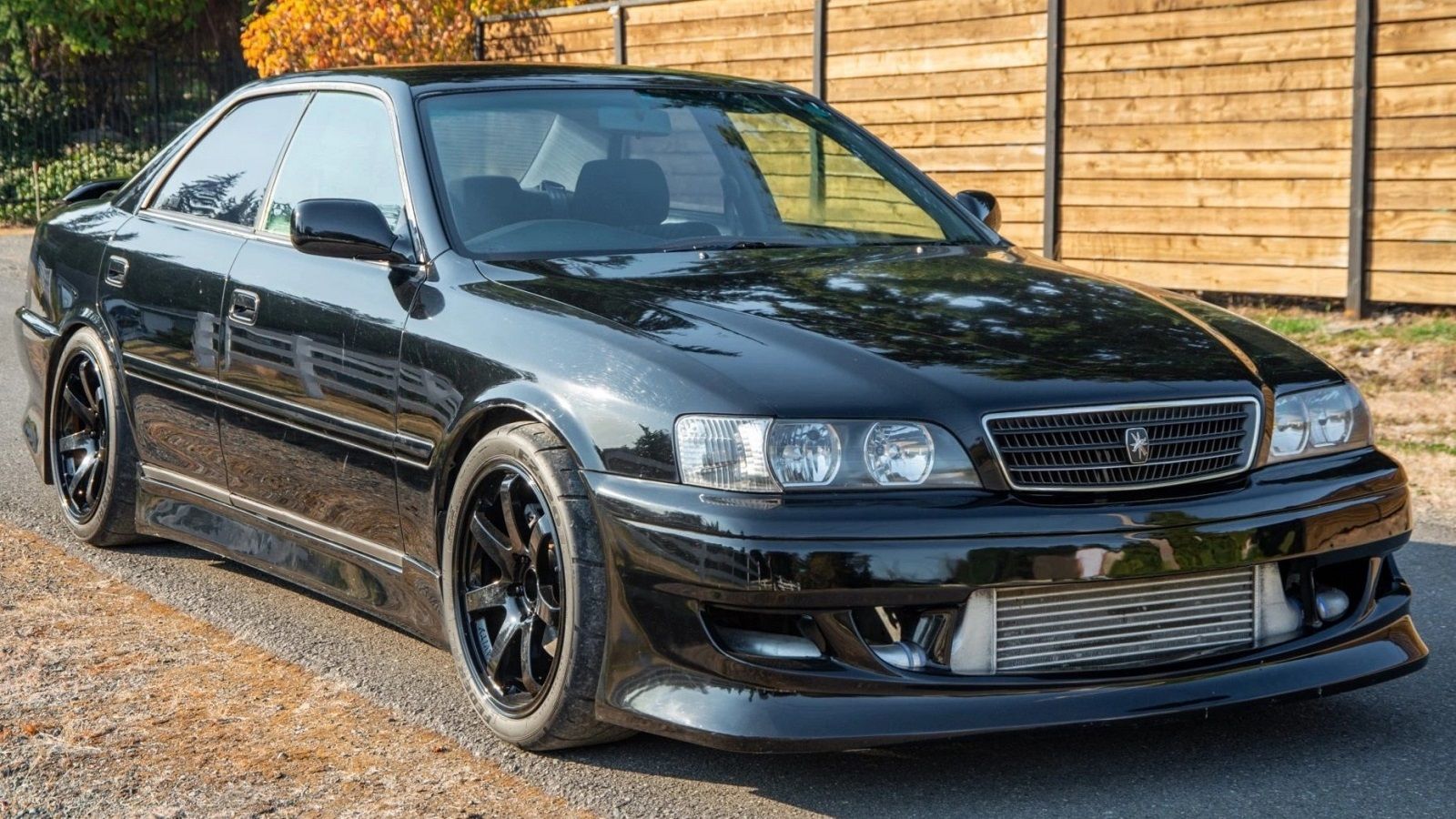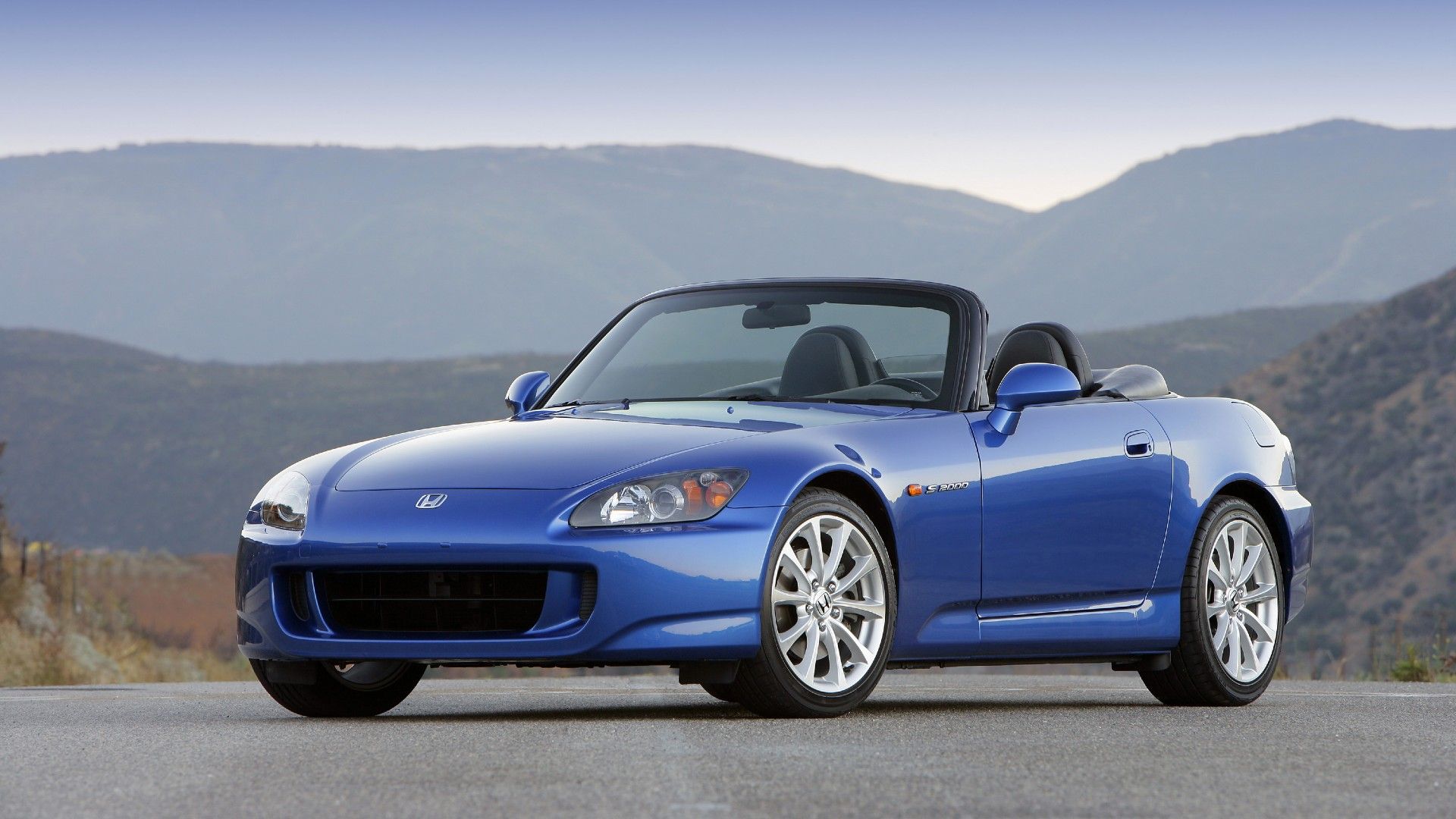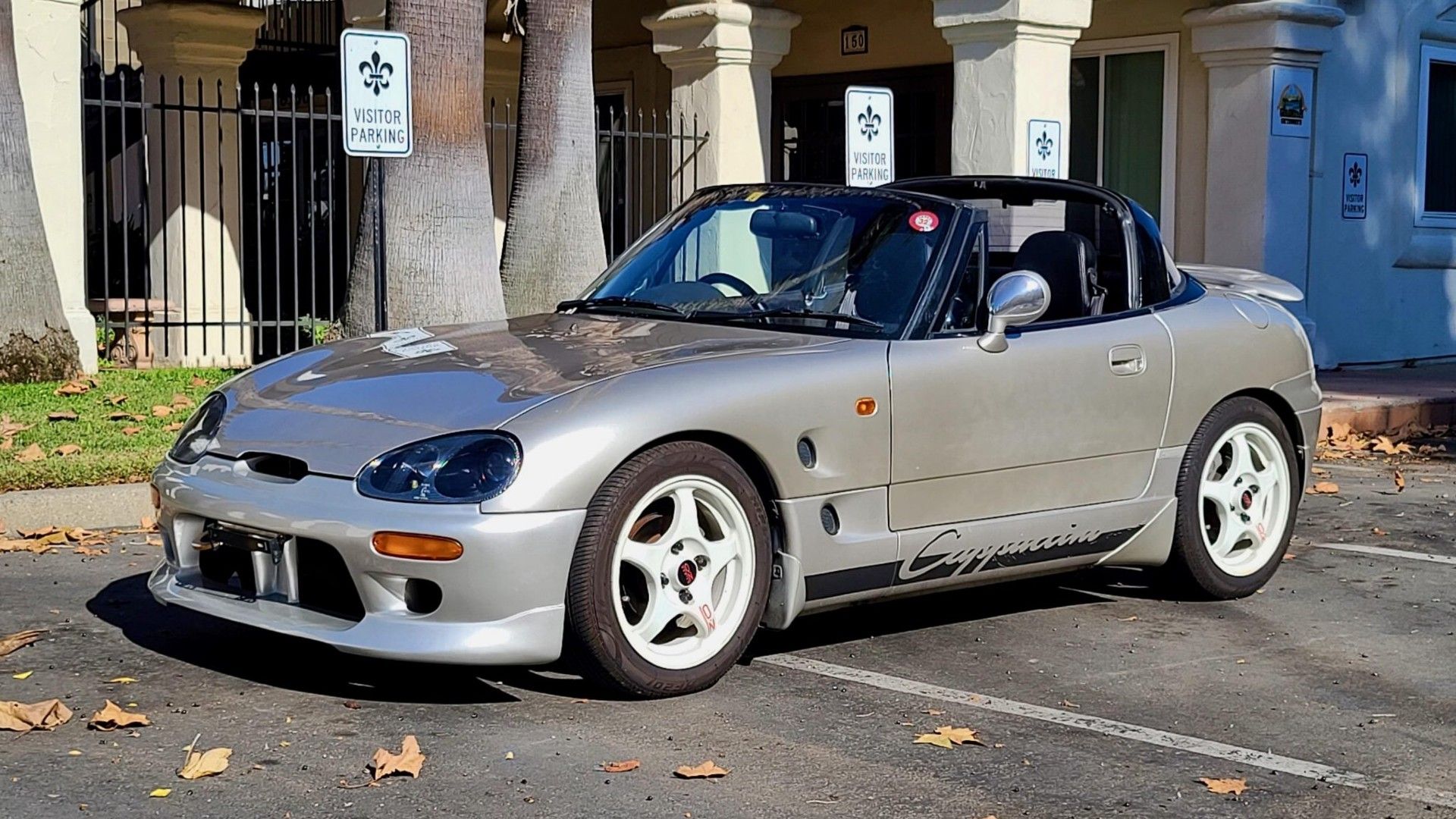Many cars are desirable by automotive enthusiasts, and they often vary, depending on the region. A type of vehicle with a global cult following is JDM cars, which of course, stands for vehicles designed for the Japanese Domestic Market. These cars or versions of cars have been produced solely for their local Japanese market and have not been exported to most (or any) other markets. The 1990s, in particular, gave birth to most of the iconic JDM cars we lust after today.
The great thing about these cars for those of us in the Northern Hemisphere is that they are much more cost-friendly, and since they are reliable and built to last, they make great cars to have around. Plus, if they are ever sold, the resale values are always fairly good because so many people on this side of the world are looking to get their hands on one. That may seem contradictory, but even though JDM cars have a great resale value in North American markets, they are still priced lower than what a version modified initially for sale in America could be found for.
Without further ado, these are the best JDM cars that were produced in the 1990s.
Updated April 23, 2023: Since so many groups of people in North America love JDM cars, it was thought that this list should be updated instead of letting it get lost in the piles of old information. In this list, you will find the original ten cars and a few extra models to give you more options to learn about or to refresh your memory on.
15 Honda Civic EK9 Type R Is The Hatchback Royalty Of JDM Cars
The first Civic Type R is based on the sixth-generation Civic (EK9) and has a B16B engine. The 1.6-liter, normally-aspirated inline-four boasts the highest specific output in its day. The JDM Honda Civic EK9 Type R also came with a seam-welded monocoque chassis, which significantly improved chassis rigidity. Even more extreme is the 1999 Spoon Civic Type R, which had an engine modified to 260 horsepower, with the redline increased from 8,400 to 11,000 RPM. It also weighed in at just 1,984 pounds (900 kg).
| Engine | 1.6-liter, normally-aspirated inline-four |
| Power | 182 HP @ 8,200 RPM |
| Torque | 118 LB-FT @ 7,500 RPM |
| Weight | 2,315 lbs |
| Transmission | five-speed manual |
| 0 to 60 mph | 6.7 seconds |
| Quarter mile | 15.3 seconds |
| Top Speed | 140 mph |
14 Toyota Celica GT-Four Was Born To Rally Race
In the 1980s and 1990s, Toyota was quite successful in the World Rally Championship. The Celica GT-Four was the rally-bred monster responsible for that, having 30 WRC victories. The ST205-generation of the car is particularly popular, as it is the last of the Great Celica models. To this day, the Toyota Celica GT Four remains one of the most successful rally cars ever made. A less-known version of the JDM car ST205 Celica is the Celica SS III, which comes with a normally aspirated, 3S GE BEAMS (RedTop) engine and can easily compare to the Integra Type R.
| Engine | 3S GTE, 2.0-liter, turbocharged inline-four |
| Power | 239 HP @ 6,000 RPM |
| Torque | 223 LB-FT @ 4,000 RPM |
| Weight | 2,425 pounds |
| Transmission | 5-speed manual E154F |
| 0 to 60 mph | 6.3 seconds |
| Quarter mile | 15 seconds |
| Top Speed | 152 mph |
13 Nissan 300ZX/Fairlady Is A Popular JDM Sports Car
The Nissan 300ZX is actually a well-known car in the North American market. However, it still classifies as a JDM, as the same car was sold in the local market under the name Fairlady. The Z32, in particular, is a high-tech car even by today's standards, featuring four-wheel steering, variable valve timing, twin-turbo V-6, and more, even as early as 1989. The 300ZX/Fairlady was produced until 1996, with many improvements throughout the years, such as the Super HICAS (four-wheel steering) system changed from hydraulic to electronic actuation (1994), upgraded fuel injectors (1995), removal of variable cam timing (1996), and more.
| Engine | VG30 DETT twin-turbo 3.0-liter V-6 |
| Power | 279 HP @ 6400 RPM |
| Torque | 276 LB-FT @ 3600 RPM |
| Weight | 3,571 pounds |
| Transmission | 5-speed manual |
| 0 to 60 mph | 5.2 seconds |
| Quarter mile | 16 seconds |
| Top Speed | 155 mph |
12 Toyota Supra Mk IV Is A Coveted JDM Model
As far as Japanese cars go, the Toyota Supra is one of the most coveted ones. This is especially true for the fourth generation, which accumulated great fame, thanks to the original "Fast & Furious" movie. Even in stock form, the 2JZ GTE inline-six engine put out 326 horsepower (240 kilowatts) and 320 pound-feet (434 Nm). This was enough for a 4.6-second 0 to 60 mph sprint and a 13.1-second quarter-mile time. The legendary 2JZ engine is mated to an equally capable Getrag V160, a six-speed manual, which can easily handle high horsepower.
| Engine | 2JZ GTE twin-turbo 3.0-liter inline-six |
| Power | 326 HP @ 5600 RPM |
| Torque | 325 LB-FT @ 4800 RPM |
| Weight | 3560 pounds |
| Transmission | 6-speed manual |
| 0 to 60 mph | 4.6 seconds |
| Quarter mile | 13.1 seconds |
| Top Speed | 155 mph |
11 Mazda RX-7 FD Is A Rotary Engine Marvel
When it comes to Japanese sports cars, Mazda has been known to do things a bit differently. While most sports cars use conventional piston engines, the RX-7 relies on a rotary engine. Versions for the Japanese Domestic Market were quite different from the ones available in the US. The top-of-the-line JDM model was the Type-RZ, which scored Bilstein dampers, lightweight BBS wheels, Recaro seats, and was 66 pounds (30 kg) lighter. Post-1996 RX-7 models also got a revised ECU and vacuum system.
| Engine | Twin-chamber rotary 13B-REW twin-turbo |
| Power | 237 HP @ 6,500 RPM |
| Torque | 218 LB-FT @ 5,000 RPM |
| Weight | 2888 pounds |
| Transmission | 5-speed manual |
| 0 to 60 mph | 5.3 seconds |
| Quarter mile | 13.4 seconds |
| Top Speed | 155 mph |
10 Subaru Impreza WRX STI Gave Us Just A Taste
The US only got a taste of the Subaru Impreza WRX STI in 2002. The Japanese market, however, has had it since 1994 with the GC8 generation.The original STI (1994-2000) is widely regarded as the purest because of its lightweight, uncompromising character that assured its dominance in the World Rally Championship for years. This generation also spawned the 22B, which was the hardcore, even more lightweight, two-door version of the STI. The 22B was a 1998 model-year-only and featured the full signature STI look, with the WR blue finish, gold wheels, hood scoop, and tall rear wing.
| Engine | EJ20, 2.5-liter, flat-four |
| Power | 310 HP @ 6000 RPM |
| Torque | 290 LB-FT @ 4000 RPM |
| Weight | 3450 lbs |
| Transmission | 6-speed manual |
| 0 to 60 mph | 4.6 seconds |
| Quarter mile | 13.2 seconds |
| Top Speed | 157 mph |
9 Mitsubishi Lancer Evolution VI Is A Rally Racing Rival To The Subaru WRX STI
We cannot forget the Lancer Evolution – Subaru's arch-rival in rallying when discussing the WRX STI. Unlike the "Subbie," however, the "Evo" was, sadly, discontinued after 10 generations and 24 years (1992-2016). And while Evolution VII is the first generation available to the US market, Evolution VI is widely considered to be the most significant of the bunch. This is due to the Evo VI being the last Lancer Evolution that was appropriately lightweight. It was also the first Lancer to interrupt Subaru's WRX winning streak.
| Engine | 4G63 turbocharged 2.0-liter inline-four |
| Power | 276 HP @ 6500 RPM |
| Torque | 373 LB-FT 3000 RPM |
| Weight | 2998 lbs |
| Transmission | five-speed manual |
| 0 to 60 mph | 4.7 seconds |
| Quarter mile | 14.4 seconds |
| Top Speed | 149 mph |
8 Honda NSX Is The Japanese Version Of The Italian Born Ferrari
Another car that blessed the Japanese market is the Honda NSX. And while the mid-engine sports car was also sold in the US, as the Acura NSX, this is one of the most significant JDM cars ever made. Like the JDM abbreviation for Japanese Domestic Market, NSX stands for "New Sportscar eXperimental." Racing driver Ayrton Senna was involved in the development of the Honda NSX, and thanks to him, it became the corner-carving, track-slaying, mid-engine coupe it was meant to be. Earlier models didn't have power steering, and the cockpit was inspired by an F16 jet fighter. Exterior-wise, the NSX was influenced by the Ferrari 348, and it proved that you can have supercar-like performance and reliability in an exciting package.
| Engine | naturally-aspirated 3.0-liter V-6 |
| Power | 269 HP @ 7300 RPM |
| Torque | 209 LB-FT @ 5400 RPM |
| Weight | 3020 pounds |
| Transmission | 5-speed manual |
| 0 to 60 mph | 5.5 seconds |
| Quarter mile | 15 seconds |
| Top Speed | 170 mph |
7 Nissan Silvia Is A Corner Drifting Blast
The Nissan Silvia may be among the (relatively) more affordable Japanese cars, but it has achieved cult status thanks to its superb chassis and handling. Moreover, later generations come with various potent engines, the most notable of which is the SR20 DET. The Silvia is great fun to throw into corners, which is why it's often the go-to drift platform. Sadly, with that comes the infamous "drift tax." Even as late as 1999, ABS was optional on the S15, which makes the Silvia one of the most mechanical sports cars you could get.
| Engine | SR20 DET 2.0-liter turbocharged inline-four |
| Power | 197 HP @ 6400 RPM |
| Torque | 195 LB-FT @ 4800 RPM |
| Weight | 2,734 lbs |
| Transmission | 5-speed manual |
| 0 to 60 mph | 5.4 seconds |
| Quarter mile | 13.9 seconds |
| Top Speed | 155 mph |
6 Nissan Skyline GT-R Is A Relative Of "Godzilla"
Although fiercely rivaled by the Supra, the Skyline GT-R is widely considered to be the crown jewel of Japanese cars. Its mystique is further enhanced by the fact that the R34 is still not 25 years old and is not eligible for import into the U.S. The R34 GT-R shares a platform with the R32 GT-R, also known as "Godzilla" because of its motorsport dominance back in the day, and the "chubby" R33 GT-R that came after it. Although the R34 is considered to be the pinnacle of all Skylines, all three models mentioned above have the 2JZ-rivaling RB26DETT engine under the hood. The Skyline GT-R is so special because it was an FIA Group A homologation.
| Engine | 2.6-liter turbocharged inline-six |
| Power | 276 HP @ 6800 RPM |
| Torque | 260 LB-FT @ 4400 RPM |
| Weight | 3,373 lbs |
| Transmission | 5-speed manual |
| 0 to 60 mph | 2.6 seconds |
| Quarter mile | 12.3 seconds |
| Top Speed | 156 mph |
5 Mitsubishi GTO Is The Better Version Of A Familiar American Tuner
Thanks to the Fast and Furious movie franchise, the Mitsubishi GTO rose to stardom even though it was one of the heaviest of the bunch. The GTO in Japan is the same basic car as the Mitsubishi 3000GT and the Dodge Stealth in the US. Still, the main difference is that the base-level JDM models had all-wheel drive systems. At the same time, the American versions were only front-wheel drive unless the person ordering the car opted to pay a premium price for the upgrade.
| Engine | 3.0-liter 6G72 SOHC V6 |
| Power | 282 HP @ 6000 RPM |
| Torque | 300 LB-FT @ 3000 RPM |
| Weight | 3814 pounds |
| Transmission | 5-speed manual |
| 0 to 60 mph | 5.5 seconds |
| Quarter mile | 15.8 seconds |
| Top Speed | 155 mph |
4 Nissan Pulsar GTI-R Is Automatic Four-Wheel Driven When Needed
The Nissan Pulsar GTI-R, or the Sunny GTI-R as it is more commonly known as, is a JDM car designed to be the next rally racing champion. The great thing about the car is that even though it is more than capable as an offroad driving beast, it can also tear up the main roads with the best of them. The " ATTESA " system controls the four-wheel drive system, which in basic terminology, means that the car was front-wheel driven until the system detected wheel slippage. Once the wheels slipped, the rear wheels kicked in to help the vehicle regain control.
| Engine | 2.0-liter turbocharged SR20DET four-cylinder |
| Power | 230 HP @ 6400 RPM |
| Torque | 210 LB-FT @ 4800 RPM |
| Weight | 2690 pounds |
| Transmission | 5-speed manual |
| 0 to 60 mph | 4.9 seconds |
| Quarter mile | 13.5 seconds |
| Top Speed | 144 mph |
3 Toyota Chaser X90 Is A Four-Door Menace
The Toyota Chaser has had many variations throughout the years, including some that owners have compared to high-end sports cars such as BMWs. The X90 was the fifth generation of the Chaser, but it was the one model with the best engine the car ever received. It was the same engine that was slid under the hood of the Toyota Supra, the 2JZ. When combined with the optional 5-speed manual transmission, the X90 was a car to be reckoned with.
| Engine | 2JZ GTE twin-turbo 3.0-liter inline-six |
| Power | 276 HP @ 6200 RPM |
| Torque | 278 LB-FT @ 6200 RPM |
| Weight | 3263 pounds |
| Transmission | 5-speed manual |
| 0 to 60 mph | 6.1 seconds |
| Quarter mile | 14.3 seconds |
| Top Speed | 112 mph |
2 Honda S2000 Is Slim And Unpredictable
Comparing a four-cylinder Honda S2000 to the likes of a Chevrolet Corvette and the Dodge Viper may seem like a stretch, but the truth is that they are some of the few cars that are lighter than the S2000. This rear-wheel-driven car can be a handful to drive. More than a few drivers have been unable to control the power of the S2000 when the rear tires break loose, so if you acquire one of these beauties, start out slow and go from there.
| Engine | F20C DOHC VTEC 2.2-liter inline four-cylinder |
| Power | 237 HP @ 7800 RPM |
| Torque | 162 LB-FT @ 6500 RPM |
| Weight | 2822 pounds |
| Transmission | 6-speed manual |
| 0 to 60 mph | 5.4 seconds |
| Quarter mile | 13.9 seconds |
| Top Speed | 149 mph |
1 Suzuki Cappuccino Is A Unique Two-Seater Roadster
This two-seat roadster is not something that Americans would expect from a company like Suzuki because when we think about that particular company, the first thing that comes to mind is the Samurai. In other parts of the world, Suzuki is known for its small little cars that get fantastic fuel mileage and can get into small places that other vehicles could not venture into. The remarkable thing that many people do not know about is that the company tried building a sports car, the Suzuki Cappuccino, which actually became a viable JDM rival to the Honda Beat and Autozam AZ-1.
| Engine | .7-liter turbocharged 3-cylinder |
| Power | 63 HP @ 6500RPM |
| Torque | 76 LB-FT @ 3500 RPM |
| Weight | 1543 pounds |
| Transmission | 5-speed manual |
| 0 to 60 mph | 8 seconds |
| Quarter mile | 16.5 seconds |
| Top Speed | 93 mph |
FAQ
Q: What does JDM mean?
JDM means Japanese Domestic Market. The term describes vehicles that are meant solely for the Japanese market.
Q: What are considered JDM cars?
A JDM car is any car that is sold on the Japanese market and has been built in compliance with all Japanese regulations.
Q: Why is JDM illegal?
JDM is illegal because JDM cars, especially ones that don't have export equivalents (eg. Mitsubishi 3000 GT and Mitsubishi GTO) have not been crash-tested or emission-tested outside of the Japanese market, where safety and emission standards may differ greatly. Some homologation may be necessary if you really want to import a JDM car to another market.
Q: What's the most popular JDM car?
Currently, there are many contenders for the title, but the most notable ones are the Toyota Supra Mk IV and Nissan Skyline GT-R. Currently, they are also the most expensive ones to purchase and import.
Q: What counts as a JDM car?
Any car or a version of a car that was originally intended for sale on the Japanese market and has been built to comply with Japanese regulations.
Q: How do I know if my car is JDM?
The easiest way to find out if your car is a JDM is by checking the vehicle identification (VIN) number, which is usually stamped somewhere on the car's body, most often in the engine bay or around the inner sides of the door sills.
Q: What is not JDM?
Any car that isn't built in compliance with Japanese regulations and is not meant for the Japanese market. This can also be a Japanese car sold for a market outside of Japan. A JDM version of the Honda Integra can differ from the Honda Integra, sold in the US, in terms of engine power (usually due to emissions) or even exterior features, like bumpers.
Q: Where to buy JDM cars?
There are a couple of auction sites where you can find and bid for the JDM vehicle of your choice. Keep in mind that buying a car and importing it are two different things. Example: If a car's VIN number is less than 25 years old, the car is not legal for import in the U.S.

